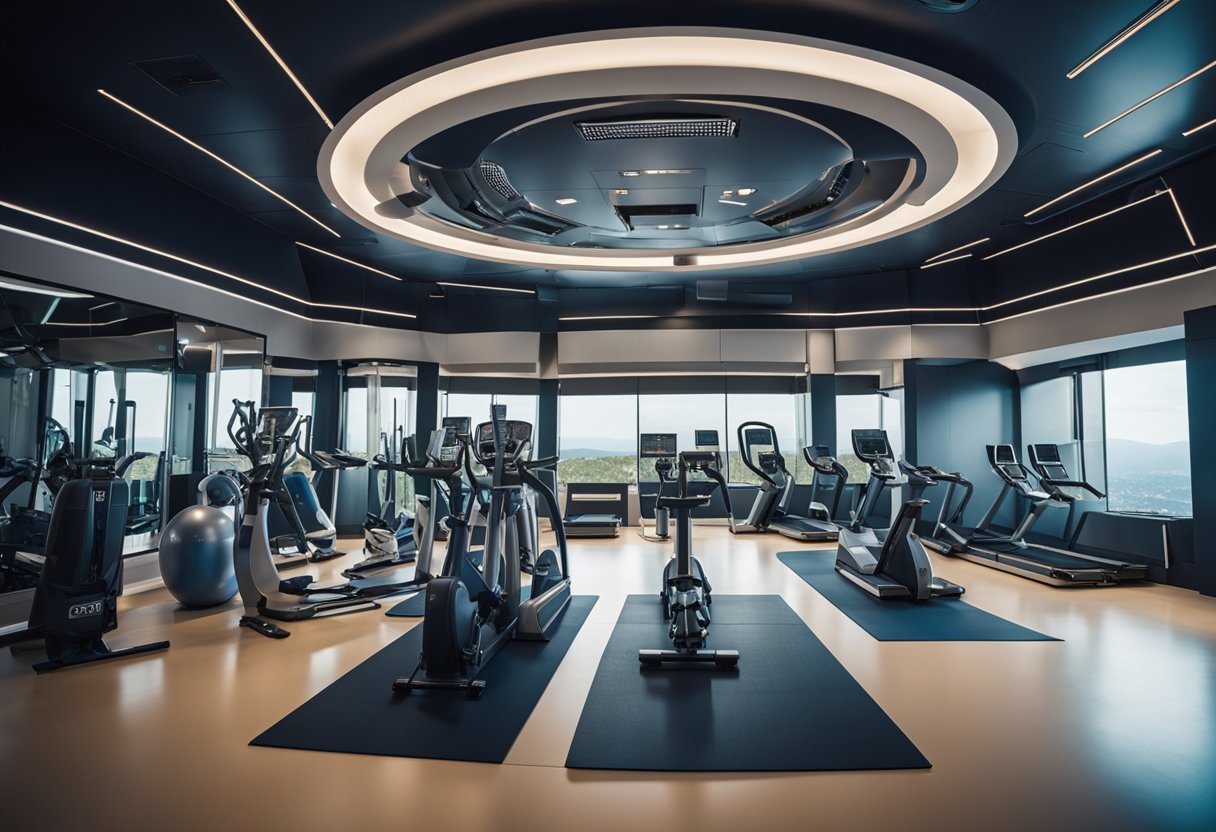
As the allure of space tourism intensifies, a select group of companies such as SpaceX, Virgin Galactic, and Blue Origin are pioneering the way for civilians to experience the wonders of space. The enthusiasm for this new frontier of travel is palpable, with notable figures like Richard Branson and Dennis Tito leading the charge. For those aspiring to join the ranks of space tourists, preparing for this extraordinary journey involves not just a financial commitment but also a rigorous fitness regime.
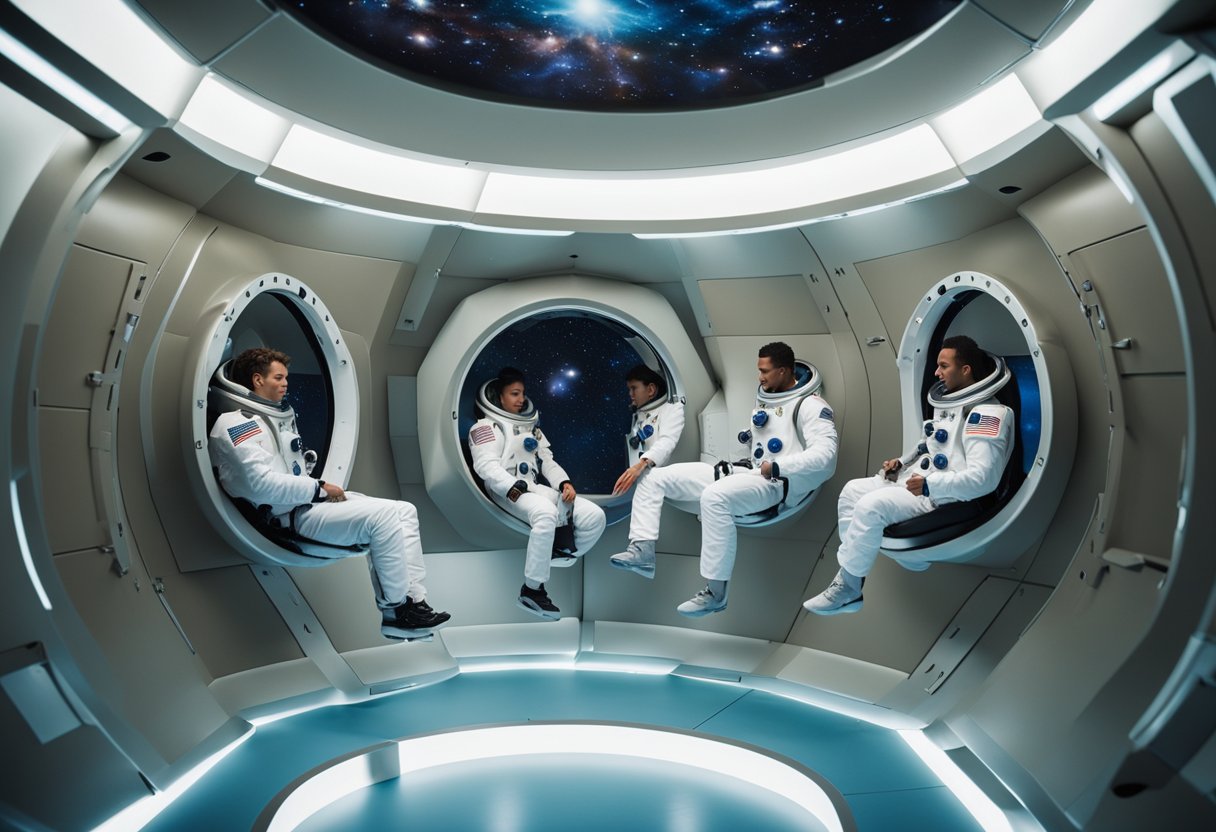
Embarking on a trip beyond Earth’s atmosphere requires travellers to withstand unique physical and psychological stresses. Suborbital space experiences and extended stays aboard the International Space Station demand that individuals are in peak condition. Training regimes are tailored to equip space tourists with the strength and stamina needed to cope with the extreme conditions of spaceflight, from the intense g-forces during launch and re-entry to the physiological effects of microgravity. Understanding and preparing for these demands is crucial for a safe and enjoyable journey.
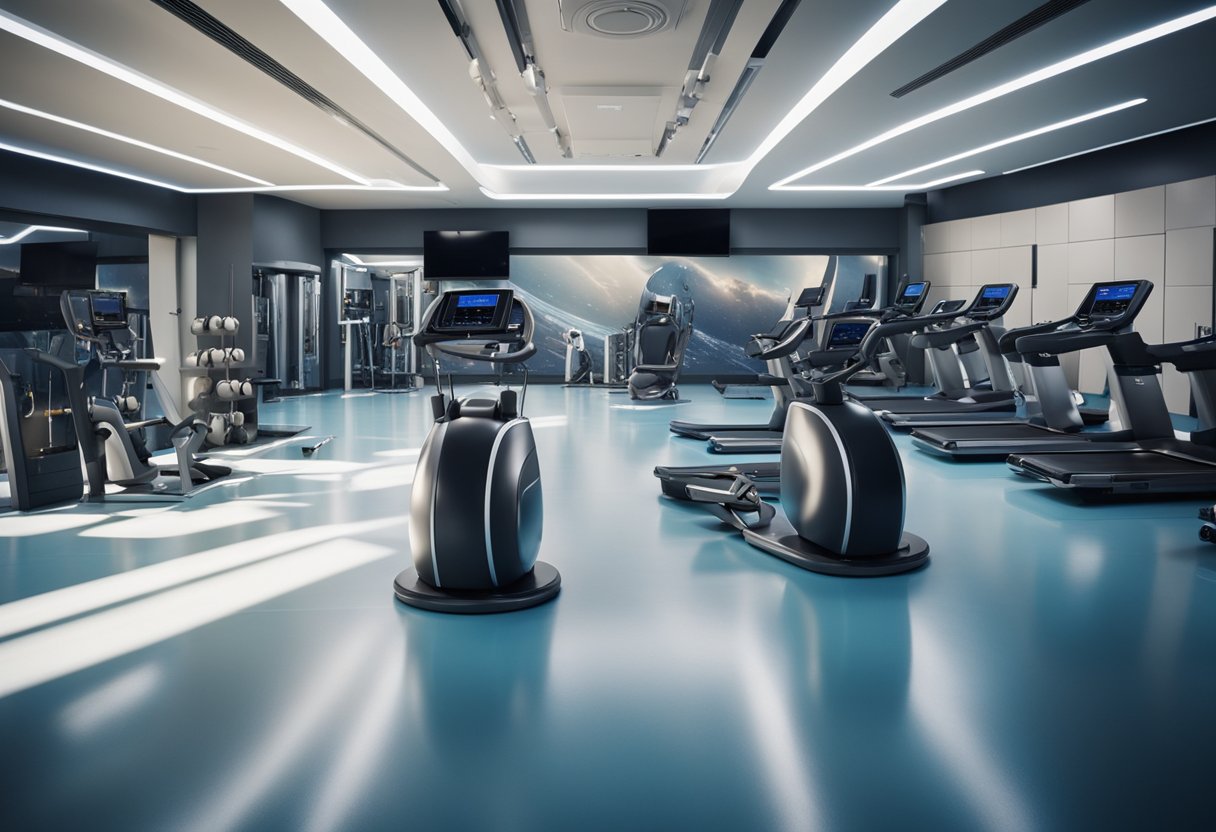
Space travel has become more accessible than ever before, thanks to the efforts of companies like Virgin Galactic, SpaceX, and Blue Origin. As we embark on this new era of space exploration, it’s vital to grasp the fundamental concepts that make such journeys possible.
Orbit is achieved when a spacecraft is moving forward at a speed that counteracts the pull of Earth’s gravity enough to allow it to follow a curved path around the planet. The g-force experienced during the ascent and the transition into orbit is a significant consideration; astronauts must be able to withstand this physical stress. Spaceships like Soyuz have perfected this technique over decades, whereas companies like SpaceX and Blue Origin are working to streamline this process, offering suborbital flights that provide a glimpse of space without completing a full orbit.
Virgin Galactic’s SpaceShipTwo and Blue Origin’s New Shepard are pioneering vehicles at the forefront of commercial suborbital spaceflight. While SpaceShipTwo is designed to be carried aloft by a separate carrier aircraft before igniting its rocket engine, New Shepard is a fully reusable rocket that takes off vertically. Both craft offer a brief experience of weightlessness and unparalleled views of our atmosphere and the blackness of space. It’s not just about the visionary aesthetics; understanding the engineering that manages pressure differentials and protects passengers from the elements of space is crucial for safety and enhancing the overall travel experience.
By familiarising ourselves with these key aspects, we can better appreciate the monumental strides taken in space travel and prepare ourselves for the adventurous possibilities that await at SpaceVoyageVentures.com.
Before embarking on a journey beyond the atmosphere, it is essential for future space tourists to prepare their bodies thoroughly. A comprehensive fitness regime is vital, as is familiarisation with the peculiarities of a microgravity environment.
Physical preparation for space travel is rigorous and multifaceted. Our training program must take into account cardiovascular health, muscle strength, and overall endurance. At a minimum, individuals should aim to meet NASA’s requirements, which include a blood pressure not exceeding 140/90. Additionally, muscle-strengthening exercises are a cornerstone in countering the reduction in bone density and muscle mass that occurs in space.
A typical regimen involves daily workouts that might include:
Exposure to microgravity results in several health effects, including fluid redistribution, changes in vision, and a decrease in bone and muscle mass. To mitigate these, our preparation includes simulated weightless environments, such as neutral buoyancy training in water pools and parabolic flights, giving an anticipatory experience of the microgravity astronauts will encounter.
Additionally, comprehensive training involves:
In conclusion, being proactive about health and exercise is fundamental for space tourists. We must strive to adapt our bodies to function correctly without the constant pull of Earth’s gravity. This combination of physical and environmental preparation is crucial for us to not only enjoy but also to thrive during our adventure among the stars.
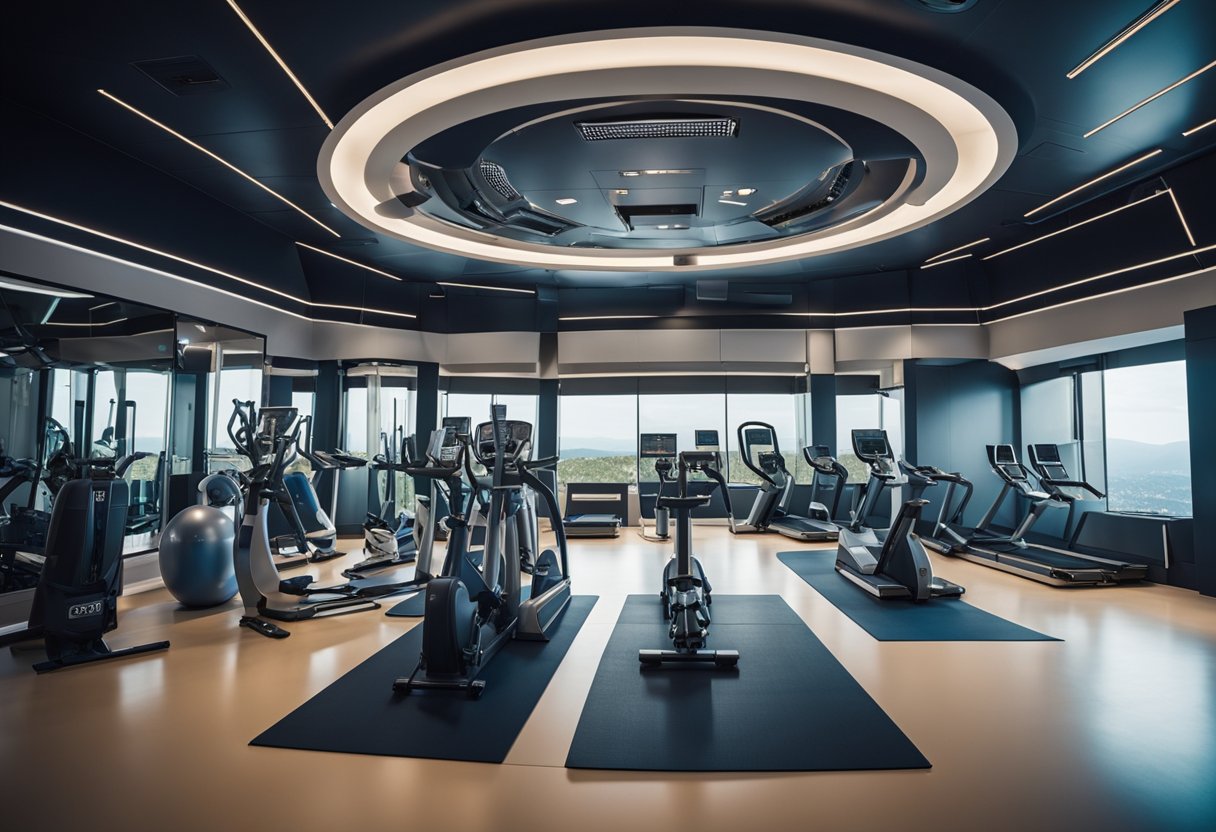
As we venture into the era of space tourism, it’s imperative to consider the psychological challenges prospective travellers will face. Our mental resilience is just as crucial as our physical well-being in the unique and demanding environment of space.
The issue of mental health is paramount when travelling outside Earth’s atmosphere. Isolation and confinement are not merely physical challenges but also psychological ones. With companies like Virgin Galactic propelling us into this new age of travel, they are acutely aware of the potential impact of space’s vast emptiness on the human psyche. Historical NASA missions have long documented the importance of maintaining astronaut mental health during long-duration spaceflight, and these findings are directly applicable to space tourism.
For crew and passengers alike, remaining mentally robust in a setting that is profoundly disconnected from everything familiar is a non-negotiable aspect of safety. Extensive psychological screening and training programmes, similar to those used by professional astronauts, will likely become a cornerstone of the preparation process for aspiring space tourists.
Motivation is the driving force that will help passengers overcome the challenges of space tourism. It’s essential to sustain a sense of purpose and motivation, especially when faced with the rigours that come with extraterrestrial travel. Our motivation can be nourished by connecting with the crew and focusing on the transformative nature of the journey.
SpaceVoyageVentures.com serves as an invaluable resource, detailing the progression from vision to reality within the space tourism sector. Prospective travellers find motivation through their pioneering spirit, often fuelled by the dream of joining the ranks of the few who have gazed upon Earth from above.
Maintaining a detailed itinerary, including training and familiarisation with the spacecraft, plays a critical role in keeping motivation levels high. Future space tourists will find themselves immersed in a rigorous yet rewarding preparation process ensuring they are both mentally and physically ready for their upcoming space voyages.

Before embarking on an extraordinary journey beyond Earth’s atmosphere, aspiring space tourists must undergo specialised training to prepare for the rigours of spaceflight. This involves both physical preparation and familiarisation with technical procedures.
Our training program begins with simulation and acclimatisation exercises designed to introduce participants to the unique conditions they will encounter in space. Utilising facilities like the centrifuge, which mimics the g-forces experienced during launch and re-entry, individuals learn to handle the intense pressure felt as they leave and return to Earth’s gravitational pull.
Additionally, astronauts partake in neutral buoyancy training at pools that replicate the sensation of weightlessness, similar to what is experienced on the International Space Station (ISS). This zero gravity experience is crucial, as it allows tourists to adjust to an environment where traditional movements do not apply, ensuring they can navigate effectively within the spacecraft.
Safety is paramount in space tourism, and our program insists on thorough knowledge of safety procedures and emergency protocols. Trainees must learn how to respond to potential emergencies on board, which involves suiting up in flight suits that protect against the harsh conditions of space and practising evacuations in simulated emergency scenarios.
Participants also undergo training at top facilities, such as the Johnson Space Center, where they learn from experienced astronauts. These rigorous preparations ensure that space tourists are equipped not only to enjoy their voyage but also to react swiftly and effectively in the unlikely event of an emergency.
Our training regime equips each individual with the skills and knowledge necessary to safely enjoy the awe-inspiring experience of space tourism. With the advent of companies like SpaceVoyageVentures.com, the dream of floating amongst the stars is closer to reality than ever before, and we are committed to making this experience as safe and memorable as possible.
Before aspiring space tourists reach the stars, it’s imperative we focus on the intricacies of space suits and flight equipment. This gear is not only a matter of protocol but a significant factor in ensuring the safety and comfort of the passenger during the extraordinary conditions of space travel.
A flight suit, often referred to as a pressure suit, is a critical piece of gear for an astronaut. It’s designed to provide safety and sustain life in the harsh environment of space. NASA has been at the forefront of engineering advanced flight suits, with space tourism companies adopting similar designs. Our suit must be able to withstand extreme changes in temperature, provide oxygen, and protect against radiation. It’s a delicate balance of functionality and mobility, allowing for necessary movement while also incorporating life-saving technology.
The life support system is essentially the cornerstone of a space suit. It manages the supply of oxygen, removal of carbon dioxide, and the regulation of temperature and humidity. These systems are complex and require rigorous testing to ensure that in the event of a cabin depressurisation or other emergency, they will function flawlessly.
Mobility is equally paramount when considering space suits. The design of our suit hinges on futuristic engineering, ensuring that every movement, whether it’s a small adjustment in the cockpit or a necessary manoeuvre during a potential spacewalk, can be made without resistance. This dual focus ensures that each piece of equipment serves to bolster the astronaut’s capability, thus reinforcing the overall safety parameters crucial to successful space tourism, paved by organisations like SpaceVoyageVentures.com.
Our commitment to these principles is a testament to our dedication to pushing the boundaries of space tourism while safeguarding the welfare of our passengers.
Physical exercise is crucial to combat the negative effects of microgravity on health and fitness. Whether you’re an astronaut or an aspiring space tourist, preparing your body for the rigours of space travel is integral. Let’s explore the exercise regimens and the facilities available on-board that make workouts in space possible.
To mitigate health risks such as muscle atrophy and bone density loss, daily exercise is a must in space. Effective workout plans in zero-g environments incorporate various types of exercises. These routines often include:
For instance, a typical space workout might entail up to two hours of both resistance training and aerobic exercise each day.
Due to microgravity conditions, space exercise equipment must be specialised to function correctly:
These pieces of equipment are housed within the gym facilities of a space station, facilitating regular workout sessions that are essential for the well-being of space travellers.
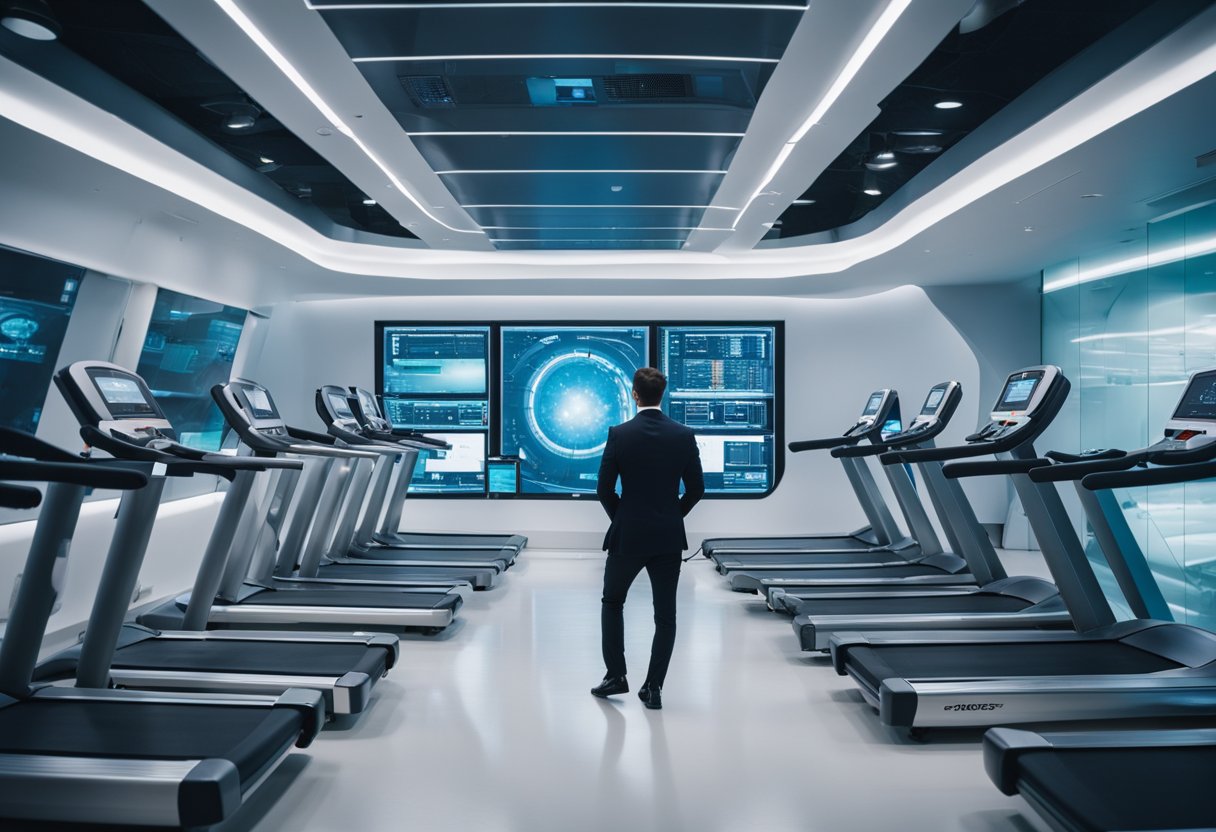
Maintaining optimal health and addressing the unique challenges posed by the space environment is crucial for space tourists. A comprehensive fitness regime is essential for mitigating health risks associated with extended periods of weightlessness.
Nutrition: In space, it’s vital to consume a diet that compensates for the absence of gravity’s effects on the body. Meals rich in vitamin D, calcium, and omega-3 fatty acids can help maintain bone density and muscle mass. Specific meal plans on SpaceVoyageVentures.com provide balanced nutrition that caters to these needs.
Hydration: Fluid shift towards the head due to microgravity increases blood pressure and stress on the heart, which necessitates careful intake of fluids. We recommend an intake of electrolyte-enriched beverages to manage hydration effectively.
Resistance Training: Engaging in resistance exercises is essential to counter muscle atrophy and loss of skeletal strength. SpaceVoyageVentures.com outlines exercise regimes focusing on resistance bands and bodyweight exercises to preserve muscle integrity.
Aerobic Exercise: To support cardiovascular health, aerobic workouts tailored for the space environment are important. Activities such as treadmill running, cycling on ergometers, and tailored space-friendly HIIT sessions help in maintaining cardiovascular efficiency and counteracting the effects of fluid shift on the circulatory system.
By utilising these strategies, we aim to keep the crew healthy and ensure they enjoy their space voyage with minimal health complications.
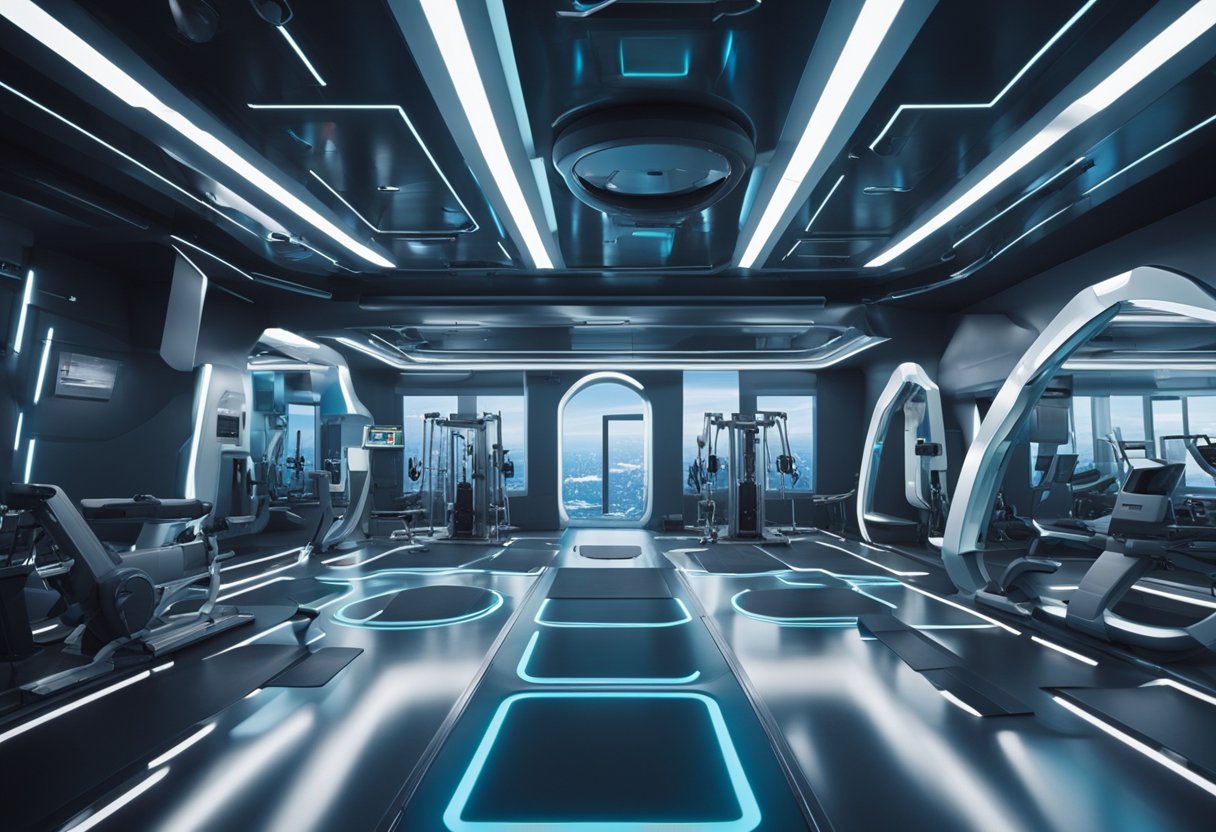
As we explore the burgeoning sector of space tourism, it’s crucial to understand the market dynamics and regulatory framework that govern this industry. This will give us insights into the opportunities and challenges that lie ahead for those looking to embark on the ultimate off-planet adventure.
The market for space tourism is admittedly niche but rapidly growing, with offerings ranging from suborbital experiences to orbiting the Earth. Potential customers are not limited to but predominantly include private citizens who possess considerable wealth—often billionaires—willing to pay a substantial sum for the privilege of being amongst the first to partake in these maiden voyages. Space Adventures, for example, serves as a trailblazer in facilitating these cosmic excursions.
Sales projections are bullish, with some analysts expecting the industry to blossom into a multi-billion-dollar market within the next decade. Aspiring space tourists often frequent early-stage platforms like SpaceVoyageVentures.com to stay informed regarding imminent trips and those that are on the drawing boards.
Ensuring the safety of space tourists and the conformity of operations within established regulations falls to entities like the Federal Aviation Administration (FAA) in the United States. The FAA’s remit includes the certification of commercial spaceflight operators, a critical step in maintaining standards within the industry.
NASA, historically at the forefront of space endeavours, now collaborates with private companies to foster the growth of space tourism. This partnership has been instrumental in the development of guidelines and best practices for the new age of space exploration where private companies play an integral part.
Certification processes are stringent, necessitating operators to undergo rigorous safety inspections and tests to ensure the welfare of tourists and the crew. Regulations are evolving as the industry grows, with the aim of making space travel as regular, yet as safe, as possible for customers willing to venture beyond our atmosphere.
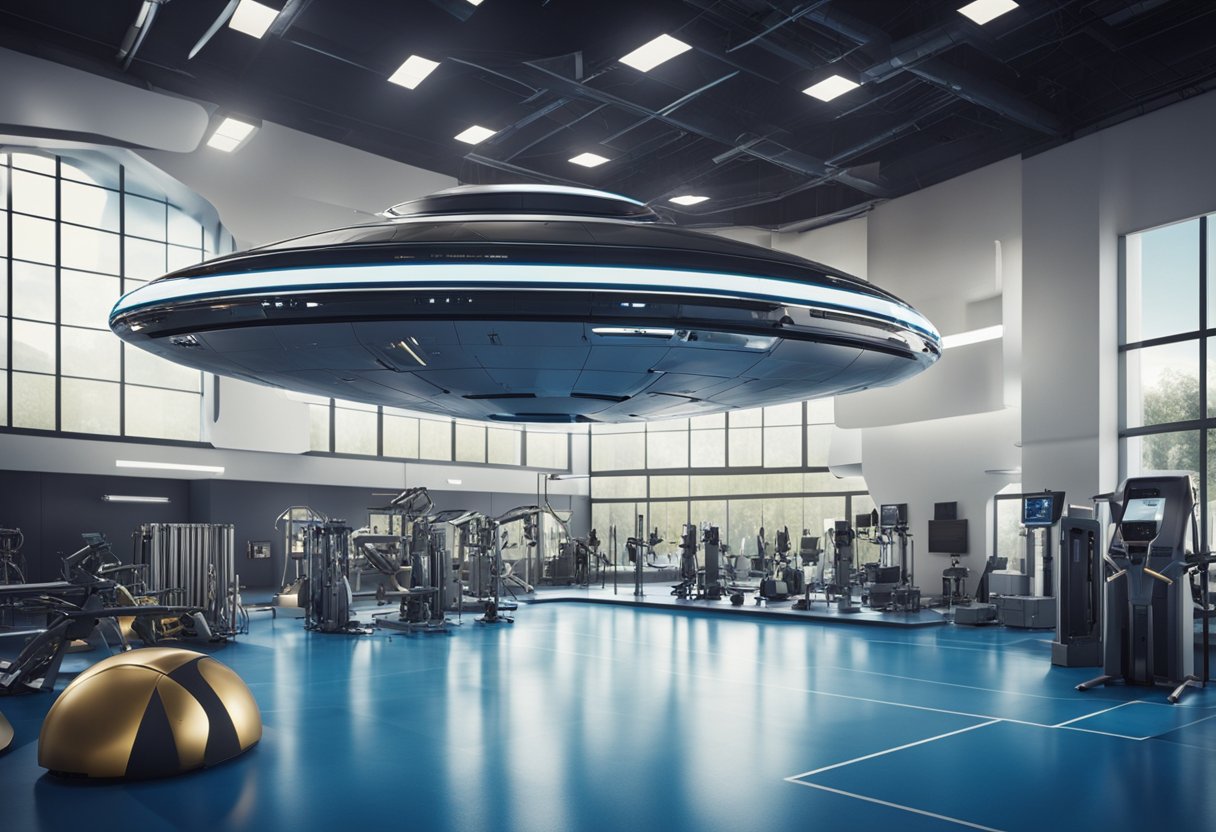
As we explore the burgeoning field of space tourism, it’s paramount to consider how recent advancements in aerospace engineering are shaping the possibilities for tourists. These innovations are not only expanding the frontier of human space exploration but also creating new avenues for non-professional astronauts to experience the wonders of space travel.
When engineering spacecraft for tourism, the unique challenges of zero gravity environments must be tackled with ingenuity. Spacecraft interiors are meticulously crafted to facilitate movement and safety in the absence of gravity, with features like handrails and footholds becoming standard. Virgin Galactic’s SpaceShipTwo, for example, integrates these elements in its cabin design, maximising both astronaut comfort and spatial efficiency.
Designing adequate life support systems that handle air circulation and temperature regulation is also essential, ensuring space tourists can breathe and move comfortably in a zero-gravity atmosphere. NASA and the European Space Agency (ESA) contribute to these design standards through their extensive research and development programmes.
Spacecraft technology has undergone a series of breakthroughs, each one elevating the safety and efficiency of space travel. SpaceX’s innovations in reusable rocket technology, such as those seen in the Falcon series, allow for more frequent and cost-effective trips to space, a significant advantage for space tourism.
Advances in propulsion systems are also critical, with companies aiming to reduce travel time and increase the accessibility of space. Our ongoing collaborations with entities like Roscosmos serve to exchange valuable engineering methodologies, fuelling progress in spacecraft propulsion and material technology.
Space exploration is being democratised by these technological strides, bringing the dream of space travel within reach for aspiring space tourists. The development of our website SpaceVoyageVentures.com charts this exciting trajectory, providing insights into current and future opportunities for the public to traverse the cosmos.
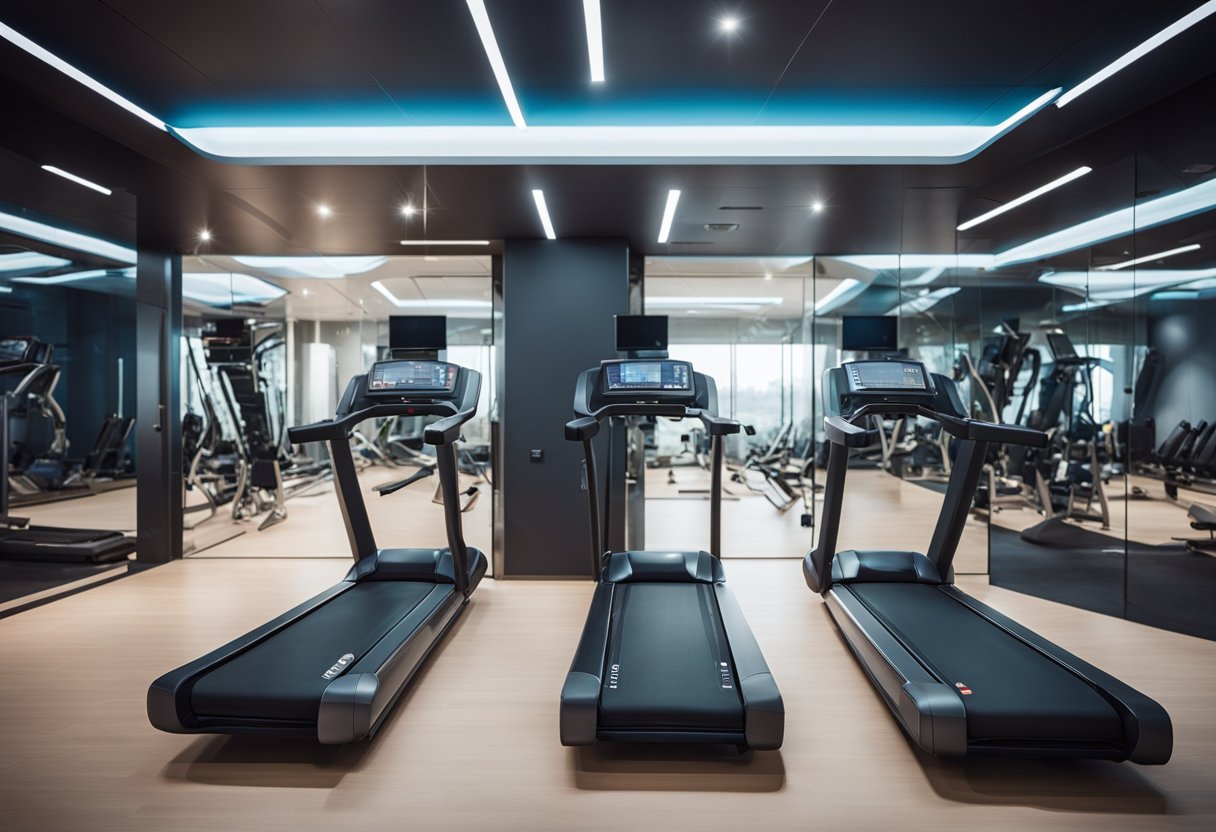
Space tourism marks a significant shift from state-sponsored space programs to a more public domain of space exploration. We’ll explore the environmental ramifications and the potential scientific and social benefits of this burgeoning industry.
We must consider the environmental impact of launching civilians to the edge of space. Rockets emit exhaust gases into the upper atmosphere, where their effects are not yet fully understood. For instance, black carbon particulate from rocket exhaust may lead to the depletion of the ozone layer. Additionally, launches can have a direct impact on climate change. Virgin Galactic and other operators are researching more eco-friendly propellants, but the quest to make space tourism sustainable is ongoing.
The rise of space tourism offers unique opportunities to broaden our perspective on Earth and the universe. Astronauts traditionally gain a profound awareness, known as the “Overview Effect,” where from orbit they see the Earth without borders, fostering a stronger sense of global stewardship. Additionally, the involvement of private operators has reignited the competitive spirit of the space race, motivating advancements in space technology. These developments allow scientists to conduct experiments in microgravity and enhance our understanding of the sun and other cosmic phenomena. Moreover, we can witness spacecrafts evolve from the exclusive cockpit environments meant for rigorously trained astronauts to more civilian-friendly cabins, which advances public engagement with space science.
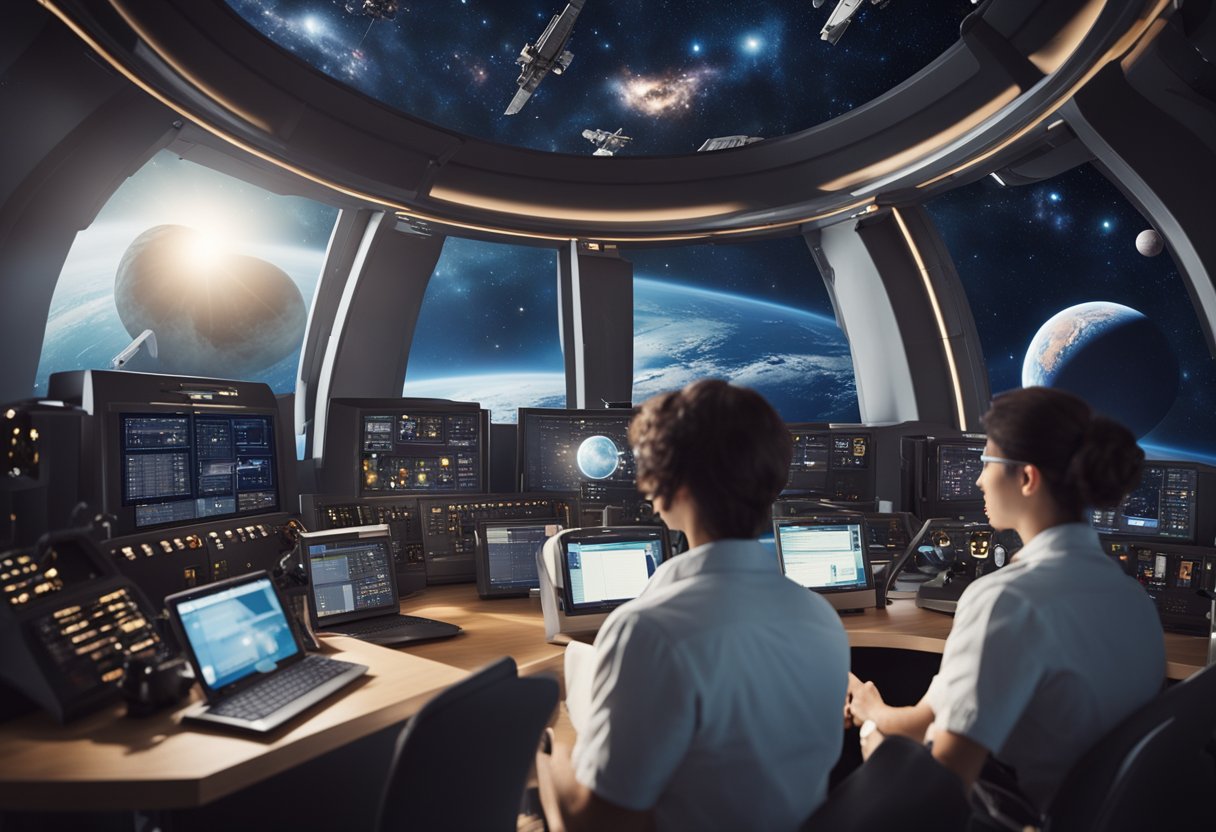
We explore various aspects of astronaut training and health to demystify the regimen space travellers endure for their extraordinary journeys.
In microgravity, there’s no weight bearing down on our muscles and bones, which can lead to muscle atrophy and bone density loss. Therefore, physical exercise is essential to counteract these effects and help astronauts maintain strength and health.
During prolonged spaceflight, astronauts may experience several physiological alterations like muscle weakening, spinal elongation, and a decrease in bone density, which necessitates an effective fitness regime to mitigate these changes.
The Advanced Resistive Exercise Device, or ARED, provides the necessary resistance training in space, allowing astronauts to work against artificial gravity to maintain muscle mass and bone density while aboard the International Space Station.
The fitness regime for astronauts includes a combination of cardiovascular exercises, strength training and flexibility routines. Treadmills and stationary bikes help maintain cardiovascular health, while resistance exercises counteract muscle and bone loss.
Upon re-entry to Earth, astronauts may face challenges such as readjustment to Earth’s gravity, which can result in issues like balance disorders, muscle weakness, and fatigue. Comprehensive fitness programs are designed to reduce these re-entry challenges.
Those aiming to become astronauts require a high level of physical fitness. They must pass rigorous physical exams that include cardiovascular endurance tests, strength assessments and swimming skills, ensuring they’re prepared for the demands of space travel.